When I was asked to take part in the blog tour for this book I thought that I would check on what other books were out there, which featured highwaymen rather than outlaws or pirates. I did this because the only title that had sprung to mind was “The Highwayman” by Alfred Noyes, illustrated by the incredible Charles Keeping. What I discovered is that there really aren’t that many titles featuring this type of outlaw; so in order to remind myself of the titles I have put them on a Pinterest page https://www.pinterest.co.uk/booklib61/highwaymen-in-childrens-books/ . However I would be delighted to hear about more fiction titles that feature highwaymen and will endeavour to add to my list whenever I hear of a title.
Anna Rainbow has written a fantastic story, set in an alternative world where magic has only recently been 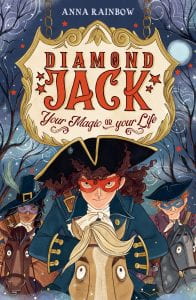 banned. There is a feeling that the story reflects some of the atmosphere from the alternative history stories of Joan Aiken, as well as others where the chronology and royal line has been tweaked. The story centres around eleven year old Bramble Browning and her friend Ernest (a fanatical fan of highwaymen and the iconic ‘Diamond Jack’ most of all). Life takes a strange turn when her older sister goes off to visit their aunt overnight and their grandfather (who looks after them) is kidnapped from his shop, by three evil highwaymen. Bram suddenly get an overwhelming desire to go and look in an old shed in the garden, but has no idea why? What she discovers, hidden away is a face mask, which when she tries it on makes her appear to be an adult, specifically the notorious highwayman ‘Diamond Jack’. The question is whether Bramble can use the mask to save her grandfather, as well as foil a plot to kill the queen and put the queen regent on the throne? Our heroine is joined by a group of friends who are determined to help those in need and to prove that ‘Diamond Jack’ only steals in order to help those who are poor and in need of help.
banned. There is a feeling that the story reflects some of the atmosphere from the alternative history stories of Joan Aiken, as well as others where the chronology and royal line has been tweaked. The story centres around eleven year old Bramble Browning and her friend Ernest (a fanatical fan of highwaymen and the iconic ‘Diamond Jack’ most of all). Life takes a strange turn when her older sister goes off to visit their aunt overnight and their grandfather (who looks after them) is kidnapped from his shop, by three evil highwaymen. Bram suddenly get an overwhelming desire to go and look in an old shed in the garden, but has no idea why? What she discovers, hidden away is a face mask, which when she tries it on makes her appear to be an adult, specifically the notorious highwayman ‘Diamond Jack’. The question is whether Bramble can use the mask to save her grandfather, as well as foil a plot to kill the queen and put the queen regent on the throne? Our heroine is joined by a group of friends who are determined to help those in need and to prove that ‘Diamond Jack’ only steals in order to help those who are poor and in need of help.
I absolutely love this story, the only down side being that I keep getting an ear-worm of “Stand and Deliver” by Adam Ant every time I look at the brilliant cover, illustrated by Isabelle Follath. This is very much a story about family and friendship and in particular we have the way that Bramble’s sister Lena tries to protect her, even though she had done similar things when she was Bramble’s age. The use of the magical masks (there are three in total) can perhaps be seen as reflecting the way that most people hide behind a public face, which can be very different from what they are like inside. Bramble’s best friend Ernest is one of those wonderful characters that you take to your heart. He is loyal, kind and loves celebrating the fact that he enjoys making clothes, as well as being a great believer in the good that his favourite highwayman does. What a totally amazing and fast paced story this is; you really need to hang on tight as you ride ‘hell for leather’ through the adventure of a lifetime. The stars are definitely out and shining for this book and I highly recommend it. What a great television series this would make.
About Anna Rainbow
Anna grew up and still lives in North East England and works as a Clinical Psychologist with people with disabilities. Anna loves music and has always been in various choirs, singing quartets, bands, and orchestras.
disabilities. Anna loves music and has always been in various choirs, singing quartets, bands, and orchestras.

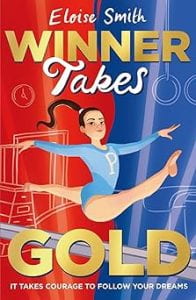 For most of us, the world of elite sports is something that we hear about in the news. It is also a world where we watch in awe, particularly when major events such as World or Olympic championships occur. With the Olympics taking place in Paris this summer millions of people around the world will be watching the events and some of the most popular will be the gymnastics. The author of this book, Eloise Smith is a former world class fencer and she wrote about this world in her first book “Sister to a Star”. Her new book has a slight change in direction, as she enters the world of young gymnasts.
For most of us, the world of elite sports is something that we hear about in the news. It is also a world where we watch in awe, particularly when major events such as World or Olympic championships occur. With the Olympics taking place in Paris this summer millions of people around the world will be watching the events and some of the most popular will be the gymnastics. The author of this book, Eloise Smith is a former world class fencer and she wrote about this world in her first book “Sister to a Star”. Her new book has a slight change in direction, as she enters the world of young gymnasts.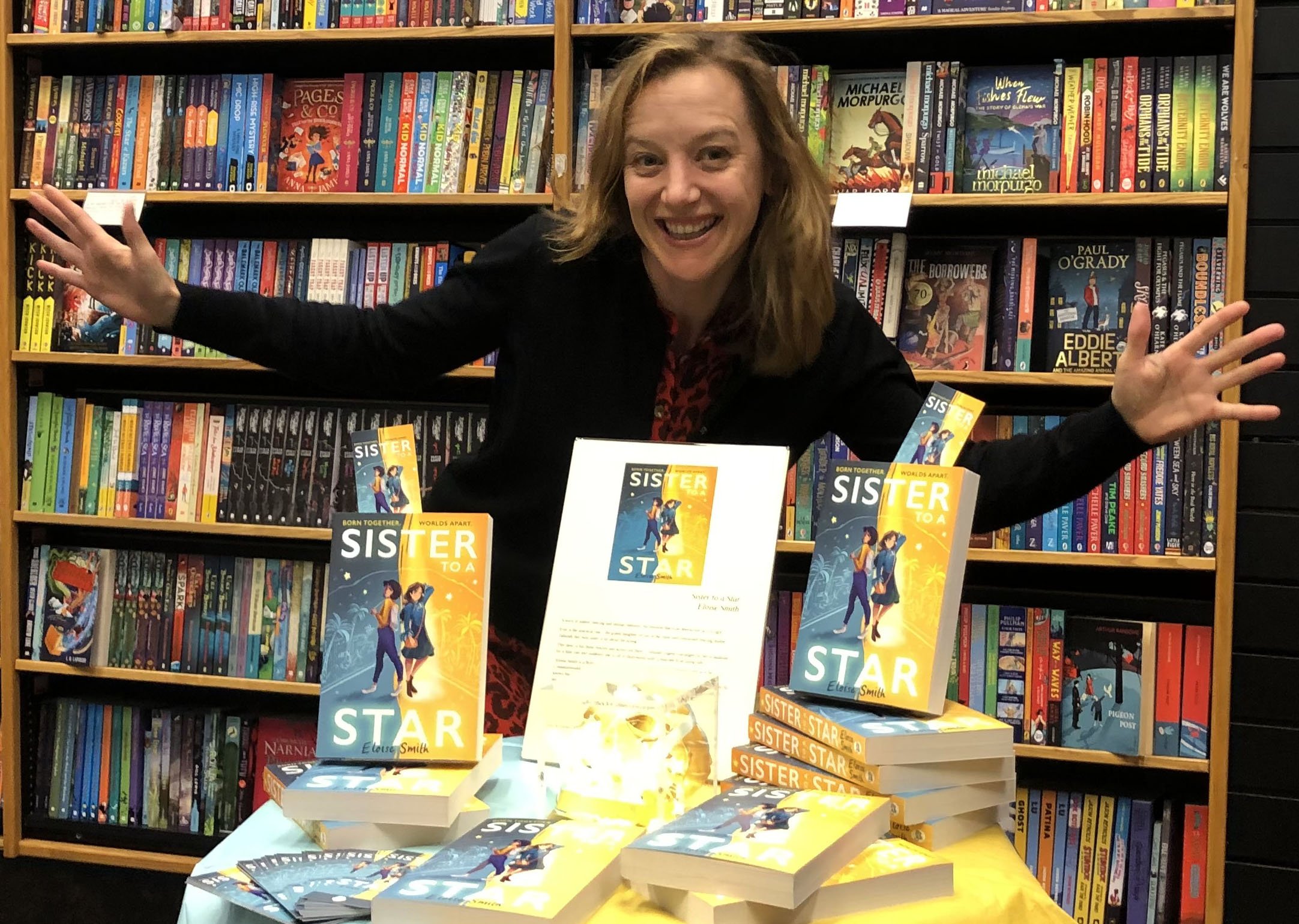
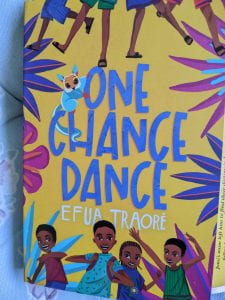 small part of the scene in this country. Books written by people of colour are beginning to be published, but we still have a long way to go. It seems appropriate that as I am writing this post, the Diverse Book Awards longlists are being announced. I have to say that I can imagine this book being part of the longlist next year and I hope that it achieves this.
small part of the scene in this country. Books written by people of colour are beginning to be published, but we still have a long way to go. It seems appropriate that as I am writing this post, the Diverse Book Awards longlists are being announced. I have to say that I can imagine this book being part of the longlist next year and I hope that it achieves this. filled with little stories, but it was not until much later that she began to write them down.
filled with little stories, but it was not until much later that she began to write them down.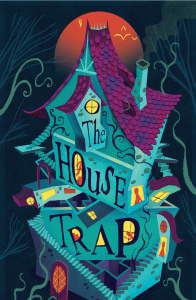 I suspect that we all have experience of houses that are run-down, creepy and have stories told about them. I still remember as a child a house, on my walk home from town, that we had been told was inhabited by a witch! Needless to say we always walked on the opposite side of the road, even though we never saw this person.
I suspect that we all have experience of houses that are run-down, creepy and have stories told about them. I still remember as a child a house, on my walk home from town, that we had been told was inhabited by a witch! Needless to say we always walked on the opposite side of the road, even though we never saw this person.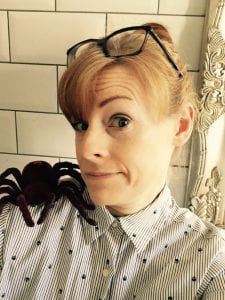 down she knew she could be both.
down she knew she could be both.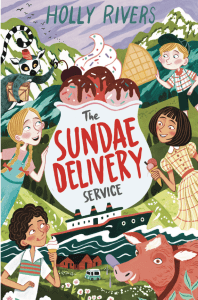 return. Oh, how I wished that I had taken it with me (the explanation will follow shortly.) I had the great pleasure of reviewing Holly’s previous book about “The Boy in the Post” and so it was delightful that I would be able to enjoy the new adventure featuring the three Shalloo siblings, Orinthia, Seafra and Taber.
return. Oh, how I wished that I had taken it with me (the explanation will follow shortly.) I had the great pleasure of reviewing Holly’s previous book about “The Boy in the Post” and so it was delightful that I would be able to enjoy the new adventure featuring the three Shalloo siblings, Orinthia, Seafra and Taber.
 Norway, starting at Bergen. The story brought back so many lovely memories, especially of the Funicular and the amazing views that you get from the top, but it also reminded me of the arrival into Bergen and the astounding scenery surrounding it. Thank you Holly for creating such a wonderful story and for giving us an insight into the beauty of another country.
Norway, starting at Bergen. The story brought back so many lovely memories, especially of the Funicular and the amazing views that you get from the top, but it also reminded me of the arrival into Bergen and the astounding scenery surrounding it. Thank you Holly for creating such a wonderful story and for giving us an insight into the beauty of another country.
 Jones. She spent her childhood in Wales, wishing that she was Pippi Longstocking, and after graduating spent time working as an actor, broadcaster and cheese-seller, until one day she had the idea to pen a story about a tenacious young inventor named Demelza. Holly’s days are now spent penning new stories as well as leading drama, craft and bushcraft classes for children. She lives in Brighton with her girlfriend and still wishes that she was Pippi Longstocking.
Jones. She spent her childhood in Wales, wishing that she was Pippi Longstocking, and after graduating spent time working as an actor, broadcaster and cheese-seller, until one day she had the idea to pen a story about a tenacious young inventor named Demelza. Holly’s days are now spent penning new stories as well as leading drama, craft and bushcraft classes for children. She lives in Brighton with her girlfriend and still wishes that she was Pippi Longstocking.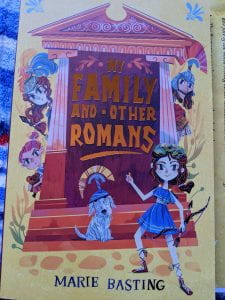 Wall with her father, who is a fanatical role player; anything from Lord of the Rings to his favourite, the Romans. Everyone is just getting ready for a major re-enactment at Housesteads Fort when some strange things start happening. Worst of all her father suddenly disappears without a word. What follows is like something out of a really bad dream; she can’t really be taken to ancient Romana can she? Not only that but she finds that her ‘missing’ mother is actually the Roman Goddess Bellona; something that I would not want to admit to, having had a look online for a description, but it seems that her uncle Vulcan is behind her father’s disappearance. When Livi is persuaded that the only way to save her father is to retrieve a golden arrow from Vulcan, she takes up the challenge. Needless to say things are not quite as she believed and ‘someone’ may have been telling her some lies! However, you can’t keep a good role player down and with the help of her friends and a lot of ingenuity she might find a way to save her father and halt the army that Bellona is trying to conquer Britannia (Britain) with.
Wall with her father, who is a fanatical role player; anything from Lord of the Rings to his favourite, the Romans. Everyone is just getting ready for a major re-enactment at Housesteads Fort when some strange things start happening. Worst of all her father suddenly disappears without a word. What follows is like something out of a really bad dream; she can’t really be taken to ancient Romana can she? Not only that but she finds that her ‘missing’ mother is actually the Roman Goddess Bellona; something that I would not want to admit to, having had a look online for a description, but it seems that her uncle Vulcan is behind her father’s disappearance. When Livi is persuaded that the only way to save her father is to retrieve a golden arrow from Vulcan, she takes up the challenge. Needless to say things are not quite as she believed and ‘someone’ may have been telling her some lies! However, you can’t keep a good role player down and with the help of her friends and a lot of ingenuity she might find a way to save her father and halt the army that Bellona is trying to conquer Britannia (Britain) with. become writers. For a long time, she believed this. But then something magical happened and Marie finally came to realise that girls like her can do anything they want.
become writers. For a long time, she believed this. But then something magical happened and Marie finally came to realise that girls like her can do anything they want.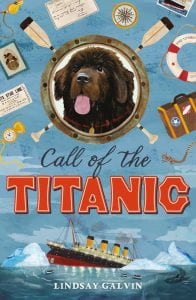 Most people probably think that they know the story of the Titanic, whether it is from the film of the same name, or from one of the many documentary programmes that have been televised over the years. Over the years I have been lucky enough to visit exhibitions about the ship, but of course the new Museum in Belfast really brings home the size and quality of the vessel. All of this gives us a very objective view of the ship and the catastrophe, but what Lindsay Galvin does is bring us to the heart and soul of the story.
Most people probably think that they know the story of the Titanic, whether it is from the film of the same name, or from one of the many documentary programmes that have been televised over the years. Over the years I have been lucky enough to visit exhibitions about the ship, but of course the new Museum in Belfast really brings home the size and quality of the vessel. All of this gives us a very objective view of the ship and the catastrophe, but what Lindsay Galvin does is bring us to the heart and soul of the story.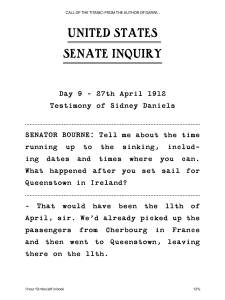 as testimony on a manual typewriter and it is fascinating to have this real sense that we are reading the original words. What strikes me as surprising is the dates given to the government enquiry, it is only two weeks after the actual tragedy and I can’t imagine that would happen in our modern
as testimony on a manual typewriter and it is fascinating to have this real sense that we are reading the original words. What strikes me as surprising is the dates given to the government enquiry, it is only two weeks after the actual tragedy and I can’t imagine that would happen in our modern 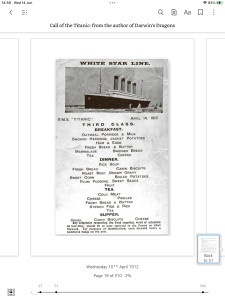 age. What also surprised me was the living conditions for the third class passengers that Sid was looking after. There is a perception that conditions for those lower down the ship were really atrocious, but what comes across here is that they were probably better off than they would have been back in their original homelands.
age. What also surprised me was the living conditions for the third class passengers that Sid was looking after. There is a perception that conditions for those lower down the ship were really atrocious, but what comes across here is that they were probably better off than they would have been back in their original homelands.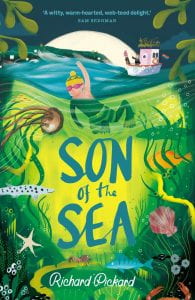 wrote a short entry for me, all about his influences and where he writes. He spoke about the outline that he was writing for his second book, so it is fantastic to see all of his hard work come to fruition. You can see this first blog entry by searching”Peculiar tale of the Tentacle Boy”
wrote a short entry for me, all about his influences and where he writes. He spoke about the outline that he was writing for his second book, so it is fantastic to see all of his hard work come to fruition. You can see this first blog entry by searching”Peculiar tale of the Tentacle Boy”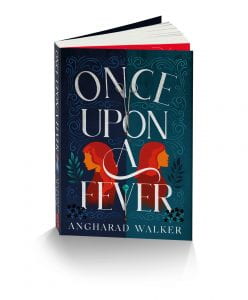 then you are really going to love this book.
then you are really going to love this book.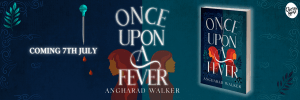
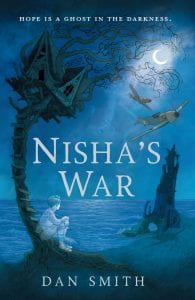 north east of England; they are fleeing their horrific experiences during the fall of Singapore to the Japanese. Nisha’s mother suffers an attack of malaria and her life hangs in the balance. Nisha is desperately worried about her mother, but also about her missing father, when she meets a mysterious boy in the garden. No one else seems to know the boy and we gradually realize that he is a ghost, who is linked to the old tree that he sits under. He offers to help her mother and father, if Nisha will find three ‘truths’ in the house. How she tries to do this (without knowing what they are) and how she solves some long-standing mysteries makes for an exciting and yet heart-rending story.
north east of England; they are fleeing their horrific experiences during the fall of Singapore to the Japanese. Nisha’s mother suffers an attack of malaria and her life hangs in the balance. Nisha is desperately worried about her mother, but also about her missing father, when she meets a mysterious boy in the garden. No one else seems to know the boy and we gradually realize that he is a ghost, who is linked to the old tree that he sits under. He offers to help her mother and father, if Nisha will find three ‘truths’ in the house. How she tries to do this (without knowing what they are) and how she solves some long-standing mysteries makes for an exciting and yet heart-rending story. was a great read. It is safe to say that the author has gone from strength to strength.
was a great read. It is safe to say that the author has gone from strength to strength.